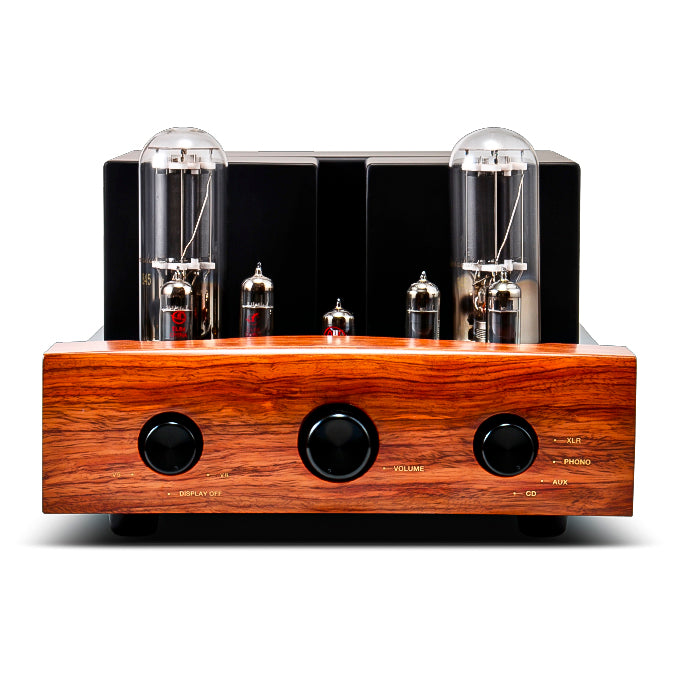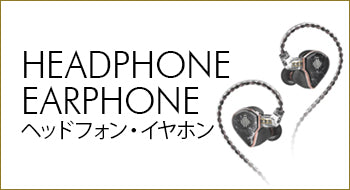What is a record disc?
I've been seeing a bit of a resurgence in vinyl record fever for a few years now.
Sony and Denon have started selling new record players and vinyl records.
So many of you may be thinking about listening to vinyl records again.
The record installations of young people are becoming popular, but this is just like buying a vinyl record jacket!
Some people listen to music on CDs, but I suspect that more people are now importing CD music to their computers, smartphones, portable audio players, and other devices. According to current statistics, more than 80% of music listeners download music or stream it over the Internet using WiFi. There are even some teenagers who have never even heard of CDs, let alone vinyl records, and there are even stories that they were impressed by the fact that they could listen to music without a WiFi connection when they first learned of the existence of CDs.
On the other hand, the existence of vinyl records, which require time and effort as if it were a ritual before listening to music, is growing. I think that the appeal of listening to music while looking at the large jackets and lyric cards is being rediscovered through social networking sites such as Instagram, and the amount of effort and preparation and set-up work required to listen to music is much more satisfying than listening to music through streaming.
In addition, although the number of new records is limited, used records are readily available at specialty stores and on the Internet, ranging from inexpensive items priced at a few hundred yen to rare items that are sold at a high price. The full-color jackets of the 50's and 60's are also an attraction not found today.

In terms of sound quality, records and CDs can theoretically record the entire frequency range of the original sound source as picked up by a microphone. The CD, on the other hand, is a revolutionary medium that eliminates the noise and uneven rotation of the vinyl record. On the other hand, the playback frequency response of a CD is only within the human audible range of 20 Hz to 20 kHz, and the CD has some information missing because the original sound source is converted to digital data in a very rough way to fit the sound data on a single disc. The sound waveform of a vinyl record is a smooth waveform with no jagged edges and no missing information, making the analog sound of a vinyl record superior to that of a CD.
Furthermore, while CDs cut off all sounds outside of the playback frequency band because they are inaudible in the first place, vinyl records decay gently, so even if they are inaudible, there is nothing unnatural about the five senses, and vinyl records are superior in that they are a very natural listening experience.
In addition, since the dynamic range of the same sound source is completely different between CDs and vinyl records, mastering is often done separately for each type of sound source. This may be because CDs are often mastered so that the contours of the sound are clear and crisp, which can only be achieved digitally.
The high-resolution sound sources that have become so widespread are technologies that take in a wide frequency bandwidth and a huge amount of musical information to bring jagged digital waveforms as close to smooth analog waveforms as possible, and this shows how superior records are.
In comparison, a high-resolution sound source can record sound at 40 kHz or higher, and the sampling rate (how much audio data is smoothed out per second) is also finer, from 44.1 kHz for CDs to 96 kHz, more than twice that for high-resolution. The sampling rate (how much audio data is smoothed out per second) is also finer, from 44.1 kHz for CDs to 96 kHz, more than twice that for high-resolution. This allows for a smoother, more natural sound than CDs, and the smooth, detailed, detailed, and expressive reproduction is much closer to that of vinyl records in terms of auditory perception.
If the above is replaced with photography, film photographs (vinyl records) are very smooth, with each grain for expressing an image being very fine and grainy, while early digital cameras and photo albums (CDs) have very low resolution (graininess), resulting in poor photographs, and today's digital cameras (high-resolution) have very high resolution, almost as good as film photographs. It is the same as the very high resolution of today's digital cameras (high-resolution), which produce very beautiful photos that are almost as good as film photos.
Just as the quality of a photograph is greatly affected by the camera, lens, and lighting used, or by the app on a smartphone, the quality of a record is greatly affected by the accessories used for the record player, including the cartridge (record needle), and the phono equalizer amplifier used to produce the sound from the record player. The sound reproduction varies greatly depending on the phono-equalizer amp used to produce the sound from the record player, and the combination of these devices allows you to enjoy a variety of sounds, which is one of the most exciting aspects of analog music.
Record Cartridge
A record is made by dropping a needle into a groove on a record disc to pick up the sound recorded in the groove. There are a wide variety of record cartridges (record needles) that pick up the sound, from inexpensive ones that you can easily obtain to expensive ones that will raise your eyeballs.

There are two main types of cartridges: the MM type and the MC type, with the MM type being officially called the moving magnet type and the MC type being called the moving coil type. The difference between the two is the power generation method used by the record needle to read the record. The needle tip captures the mechanical vibrations engraved on the record. The difference is in the way the needle captures the vibrations: the MM type captures them by moving the magnet, while the MC type captures them by moving the coil. The sound of each type also varies considerably from product to product.
MM-type cartridges are suitable for entry-level users. Since its output is high, if your amplifier has a phono input, you can connect it directly to the record jack and enjoy listening to vinyl records. On the other hand, the MC type has a better response and wider range than the MM type, and its sound is more colorful. However, it has a complex structure with a coil inside a small cartridge, and its output is weak, so many cartridges are of a higher class, including those that use a step-up transformer.
Click here for cartridge page
https://www.exclusive-audio.jp/shop/products/list.php?category_id=27
Click here for the page of MC step-up transformers
https://www.exclusive-audio.jp/shop/products/list.php?category_id=26

Head Shells
The headshell is the part that supports the cartridge. There are various types of headshells, from wood to metal and carbon, and they have various characteristics. It is an important part that should not be underestimated, as it is mainly concerned with resonance and vibration. Compared to cartridges, headshells are relatively inexpensive, and they are recommended because of their attractive appearance.
Click here for the page of headshells
https://www.exclusive-audio.jp/shop/products/list.php?category_id=65

Lead wire
The lead wires are responsible for transmitting the audio signal from the cartridge through the headshell. There are many different types of lead wires, ranging from those made of precious metals such as silver and gold to those made of wires that are decades old.
Click here for the lead wire page
https://www.exclusive-audio.jp/shop/products/list.php?category_id=66

You can enjoy listening to vinyl records by using different cartridges, headshells, and lead wires for each genre of music you listen to. This is a way of enjoying music that is not possible with digital sources.
The more time and effort it takes to produce the sound, the more time and effort it takes to get to know the music, and I believe that vinyl records have the power to enrich the listener's mind more than digital sources.

























